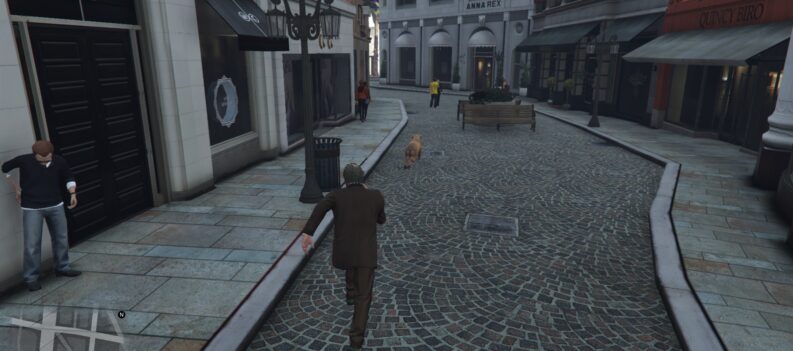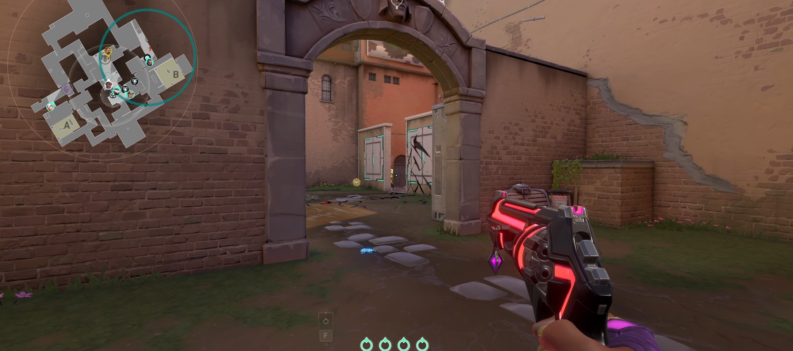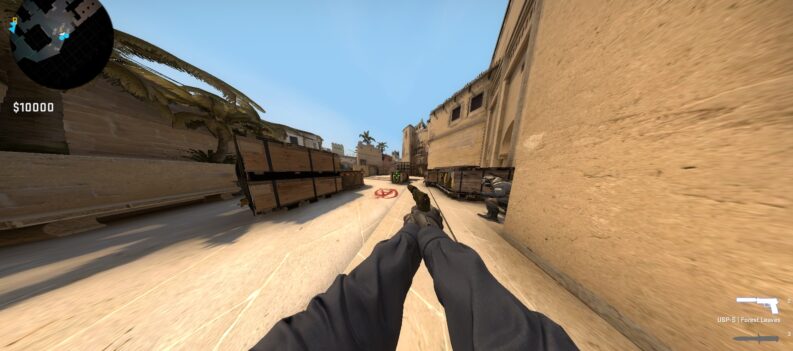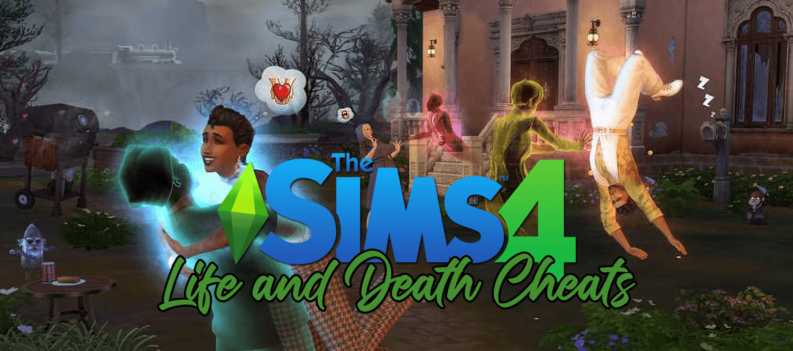Random map queues make every game fun and unique in VALORANT.

When VALORANT came out on June 2, 2020, players were placed in a queue that would put them in one of four maps in the game – Bind, Split, Haven, and Ascent.
This four-map rotation stayed mostly the same while players figured out their way around the game and its unique Agents.
Over time, Riot Games slowly added even more maps to VALORANT, starting with Icebox, which was added just a few months after the game’s initial release, followed by Breeze, Fracture, and the Pearl.
Fast forward to 2023, and VALORANT now has more than twice as many maps with the recent addition of Lotus.
With up to 9 maps currently in-game, you’re probably wondering how the devs manage the map rotations to deliver a balanced experience for all players.
Do not worry; we have included everything you need to know about how the VALORANT map rotation works in this guide.
How does VALORANT’s map rotation work?

In the early days, VALORANT’s map rotation was almost completely random, with each map giving a 25% chance of being chosen, which often meant players could end up queuing the same map twice or even three times in a row in a single sitting.
This was good news for players who end up queuing in their favorite map multiple times in a row, but bad news for learning and mastering other maps in the map pool. (Think CSGO players who only queue Mirage for 90% of their games.)
After listening to community feedback, the VALORANT devs have improved how the game picks maps for most game modes.
Deterministic Map System
Back in Patch 4.04, Riot Games silently rolled out a “deterministic” map system in Latin America which sought to “increase the variety of maps players will encounter.”
With this goal in mind, the devs added three queue conditions that apply to all ten players queueing for a particular game mode:
- The system will look at all maps players have played over the last five maps for that mode.
- The system will remove any maps a player has played twice in the past five maps.
- The system will pick the least played map.
- If all maps have been removed due to the “Twice Played” rule, those maps will be added back to the pool, and the least-played map will be picked.
It is worth noting that this system functions on a per-game-mode basis, which means the conditions above will apply as separate instances between Unrated, Ranked, and other game modes.
By April 2022, the number of players experiencing the same map multiple times in a row had dropped to a very low 0.06%.
What maps are in rotation VALORANT?
The maps in VALORANT’s map rotation as of Patch 6.01 are:
- Ascent
- Haven
- Split
- Icebox
- Fracture
- Pearl
- Lotus
Patch 6.0 marks the return of the refreshed Split, which comes with map changes to balance gameplay between the Attacking and Defending teams. However, Riot Games also removed two maps from the current rotation – Bind and Breeze.
Riot Games temporarily removes Bind and Breeze from the Competitive and Unrated queues in Patch 6.01, much like how they removed Split from the map pool back in Episode 5 Act 1.
The devs say they will be working to improve Breeze’s Agent and team comp diversity, while Bind is getting some work done to improve strategic diversity and improve play around the map’s signature teleporters.
The move is also in line with Riot Games’ decision to maintain a 7-map pool which they believe gives players a good balance of diversity and mastery.
Despite being removed from Unrated and Competitive, fans of Bind and Breeze can still play their favorite map in alternate game modes such as Spike Rush and Custom Game.
All Mapped Out
VALORANT’s 9 maps are unique and offer a diverse gameplay experience for players of all levels. The devs have taken great strides in ensuring players can get an equal experience of what each map offers through map pool changes and map queue system updates.
















